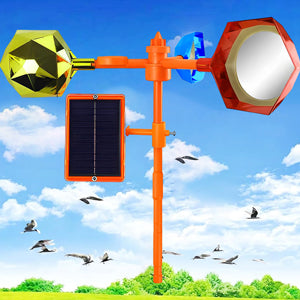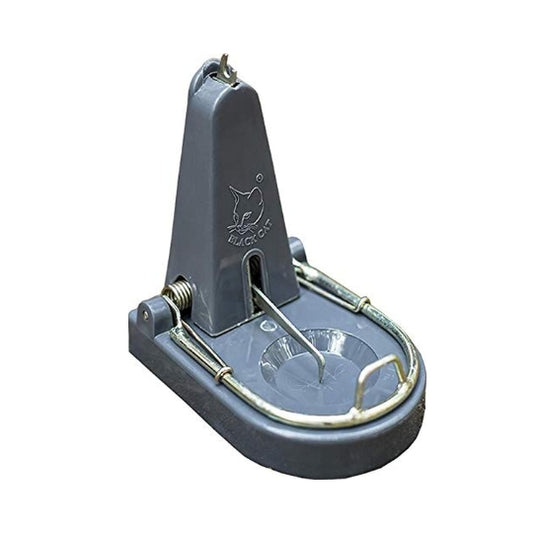Biofertilizers: Separating Fact from Fiction for Indian Farmers
Share
Biofertilizers have become a hot topic in Indian agriculture, sparking both excitement and skepticism among farmers. While some see them as a revolutionary solution to improve crop yields and soil health, others remain unconvinced of their effectiveness.
This article aims to provide a clear and unbiased understanding of biofertilizers, their potential benefits, and limitations for Indian farmers. We will explore:
- What are biofertilizers? Understanding the different types of biofertilizers and how they work.
- How do biofertilizers benefit crops and soil? Examining the evidence for their impact on nutrient availability, plant growth, and soil fertility.
- What are the limitations of biofertilizers? Discussing factors that may affect their performance and situations where they may not be the most suitable option.
- How to use biofertilizers effectively? Providing practical guidance on choosing, applying, and integrating biofertilizers into existing farming practices.
- Real-world examples: Sharing case studies of Indian farmers who have successfully used biofertilizers and lessons learned from their experiences.
By the end of this article, you will have a more comprehensive understanding of biofertilizers and be able to make informed decisions about their role in your farming practices. We encourage you to engage with the information presented, ask questions, and share your own experiences with biofertilizers.
Let's dive into the fascinating world of biofertilizers, nature's hidden treasure for boosting crop yields and soil health! As a farmer, understanding these microscopic powerhouses can revolutionize your agricultural practices.
Biofertilizers: Nature's Little Helpers
Unlike chemical fertilizers, biofertilizers are living microorganisms that enhance soil fertility by fixing nitrogen, solubilizing phosphorus, mobilizing potassium, or decomposing organic matter. They are eco-friendly, cost-effective, and sustainable alternatives.
A Cast of Microbial Characters
Let's meet the key players in this biofertilizer drama:
| Type of Biofertilizer | Scientific Name | Function | Crops | When to Use | When Not to Use |
|---|---|---|---|---|---|
| Nitrogen Fixers | Convert atmospheric nitrogen to plant-usable forms | ||||
| Free-living bacteria | Azotobacter | Fix nitrogen in soil | Cereals, vegetables, fruits | Before or during sowing | Overuse with nitrogenous fertilizers |
| Associative bacteria | Azospirillum | Fix nitrogen near plant roots | Cereals, millets, oilseeds, sugarcane | Seed treatment, soil application | High nitrogen levels in soil |
| Symbiotic bacteria | Rhizobium | Fix nitrogen in legume root nodules | Legumes (pulses, beans, clover) | Seed inoculation | Non-legume crops |
| Blue-green algae (Cyanobacteria) | Anabaena, Nostoc | Fix nitrogen in rice paddies | Rice | Standing water in fields | Dryland crops |
| Aquatic fern | Azolla | Harbors nitrogen-fixing cyanobacteria | Rice | As green manure or dual cropping | Deep water conditions |
| Phosphorus Solubilizers | Convert insoluble phosphorus to soluble forms | All crops | Low phosphorus soils | High phosphorus levels | |
| Bacteria | Bacillus, Pseudomonas | Solubilize phosphorus | All crops | Seed treatment, soil application | High phosphorus levels |
| Potassium Mobilizers | Release potassium from minerals | All crops | Potassium deficient soils | High potassium levels | |
| Bacteria | Frateuria aurantia | Mobilize potassium | All crops | Seed treatment, soil application | High potassium levels |
| Mycorrhizae | Glomus, Acaulospora | Fungi that enhance nutrient uptake and drought tolerance | All crops | Nutrient deficient soils | Over-fertilization |
| Decomposers | Break down organic matter and release nutrients | All crops | Compost, organic amendments | Excess nitrogen | |
| Fungi, bacteria | Trichoderma, Bacillus | Decompose organic matter | All crops | Compost, organic amendments | Excess nitrogen |
Where, When, Why to Use Biofertilizers
The best time to apply biofertilizers varies depending on the type and crop. Here's a general guideline:
- Nitrogen fixers: Before or during sowing, as seed treatment or soil application.
- Phosphorus and potassium solubilizers/mobilizers: Before or during sowing, as seed treatment or soil application.
- Mycorrhizae: Before or during sowing, as seed treatment or soil application.
- Decomposers: Apply to compost or organic amendments before adding to the soil.
When Not to Use Biofertilizers
While biofertilizers are generally safe and beneficial, there are a few scenarios where they might not be the best choice:
- High nutrient levels: If your soil already has sufficient nutrients, applying biofertilizers might not provide additional benefits.
- Chemical fertilizers: Excessive use of chemical fertilizers can harm beneficial microorganisms, so it's best to reduce their use or apply biofertilizers separately.
A Word of Caution
Biofertilizers are living organisms, so proper storage and handling are crucial. Follow the manufacturer's instructions for optimal results.
The Future is Green
Biofertilizers represent a sustainable and eco-friendly approach to agriculture. By harnessing the power of nature, we can nurture our crops and protect our planet. Let's embrace this green revolution together!










